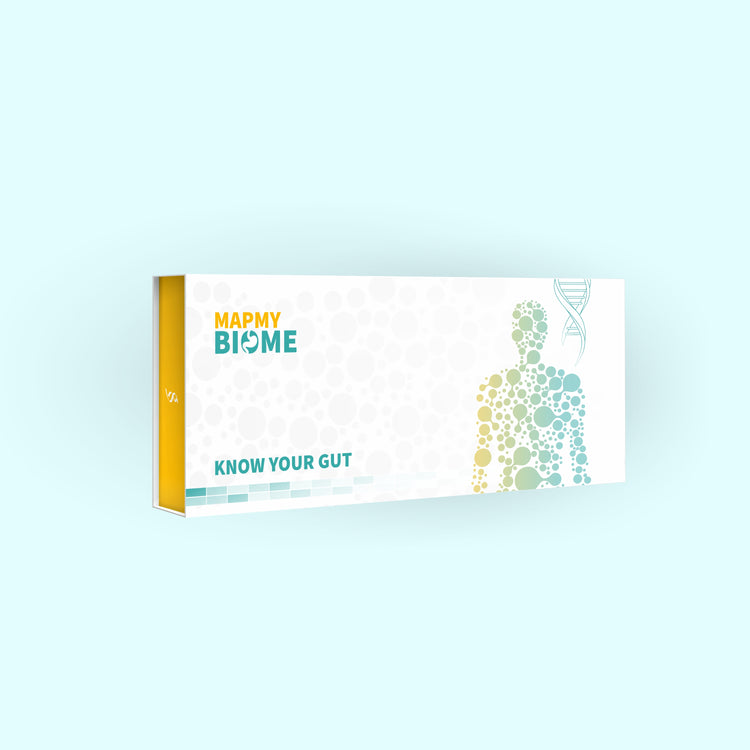Yersinia enterocolitica
Yersinia enterocolitica: A Stealthy Bacterial Pathogen
Description
Yersinia enterocolitica is a Gram-negative, rod-shaped bacterium that is widely distributed in the environment, including animals, water, and food. It is a member of the Enterobacteriaceae family, which also includes well-known pathogens like Salmonella and Escherichia coli.
Associated Diseases
Yersinia enterocolitica can cause a range of illnesses in humans, including:
- Gastrointestinal Infections: Yersinia typically causes mild intestinal infections characterized by diarrhea, abdominal pain, and fever. In severe cases, it can lead to more serious complications like appendicitis and reactive arthritis.
- Sepsis: Yersinia can enter the bloodstream and cause sepsis, a life-threatening condition characterized by an overwhelming infection.
- Extraintestinal Infections: In rare cases, Yersinia can cause infections outside the intestinal tract, such as pneumonia, meningitis, and skin infections.
Transmission
Yersinia enterocolitica is primarily transmitted through contaminated food and water. Raw or undercooked pork, unpasteurized milk, and leafy greens are common sources of infection.
Pathophysiology
Yersinia enterocolitica possesses several virulence factors that contribute to its pathogenicity:
- Adhesins: These proteins allow the bacteria to attach to host cells.
- InvA Protein: This protein promotes invasion of host cells, facilitating the infection process.
- Yersiniabactin: This siderophore helps the bacteria acquire iron, an essential nutrient for growth.
- Enterotoxin: Some strains of Yersinia produce an enterotoxin that causes fluid secretion and diarrhea.
Did you Know ?
- Yersinia enterocolitica is estimated to cause over 100,000 cases of illness in the United States annually.
